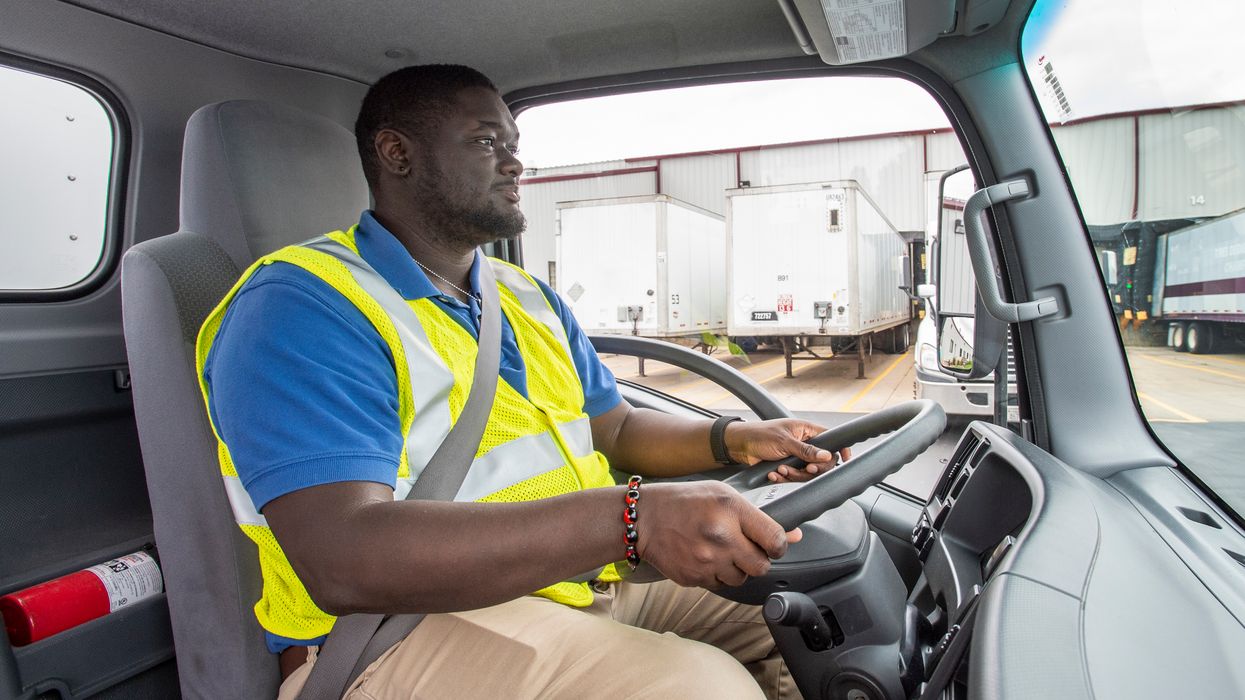5 key driver hiring areas and common mistakes to avoid
Finding qualified commercial motor vehicle (CMV) drivers is crucial for any carrier. Every new hire could represent a long and productive driver career or a multimillion-dollar negligent hiring lawsuit. Carriers can reduce the latter's risk by using a hiring checklist, as well as being aware of and avoiding several common compliance errors.
5 key areas and common mistakes
1. Driver application
The regulated driver application provides an investigative roadmap for new hires. Common errors include:
- The application is missing, partially completed, or not compliant with 391.21. This is often the case with drivers who are:
- Long-tenured drivers,
- Part of an acquisition,
- Leased from a temporary agency,
- Office employees, or
- Transitioning from a non-regulated role.
- The application is not signed before the driver's first dispatch.
- Carriers ask potentially illegal questions about areas such as:
- Criminal convictions, and
- Marital status.
2. Driver background investigation/safety performance history
Avoid these errors during investigations:
- Neglecting to inform a driver of their due-process rights if a carrier receives adverse information from a prior employer or on a motor vehicle report (MVR).
- Failing to question the driver about employment gaps that are greater than 30 days in which no work is listed. The gaps could be due to alleged self-employment, a license suspension, or incarceration.
- Forgetting to obtain the safety performance history within 30 days after the hire date.
- Making only one attempt to verify prior employer dates of employment and accidents.
- Disregarding the driver having several employers in three years during a driver shortage.
3. MVRs
The person who reviews MVRs should be an expert at knowing the state codes and the differences between various states’ MVRs. If they are not knowledgeable, they can overlook the following items:
- Improper licensing for the vehicle or operation to which the driver was assigned, such as:
- Intrastate restriction for an interstate driver,
- Wrong license class,
- Missing endorsement, or
- Restricted/suspended/revoked license.
- Failure to transfer the license to a new state of residency within 30 days.
4. Medical certification
For non-CDL drivers, the medical card is proof of certification. However, CDL driver medical certifications must be on the MVR within 15 days after each DOT exam. Mistakes in this area include:
- Neglecting to verify the medical examiner's listing on the National Registry for new hires, even if a current medical card is accepted, and after each exam (CDL and non-CDL).
- Failing to request a CDL MVR at the time of hire or within 15 days of each DOT exam.
- Having an incorrect CDL driver self-certification for the type of driving and medical certification. For example, the MVR may show as "Excepted Interstate," but the driver is not exempt from medical certification requirements.
5. Road test
Road tests are a carrier's seal of approval that a driver can operate their CMV safely. Errors or omissions include:
- Skipping remedial training to correct skill deficiencies noted during the test.
- Missing road test certificate and/or the evaluation sheet.
- Conducting tests after or as part of the first dispatch, such as while delivering loads.
- Enforcing inconsistent standards.
- Testing a driver on a different vehicle to the one the driver is assigned, such as testing in a straight truck when driving a combination tractor-trailer is part of the driver’s role.
Key to remember: To reduce the risk of negligent hiring claims, use a hiring checklist to avoid common errors.


















































